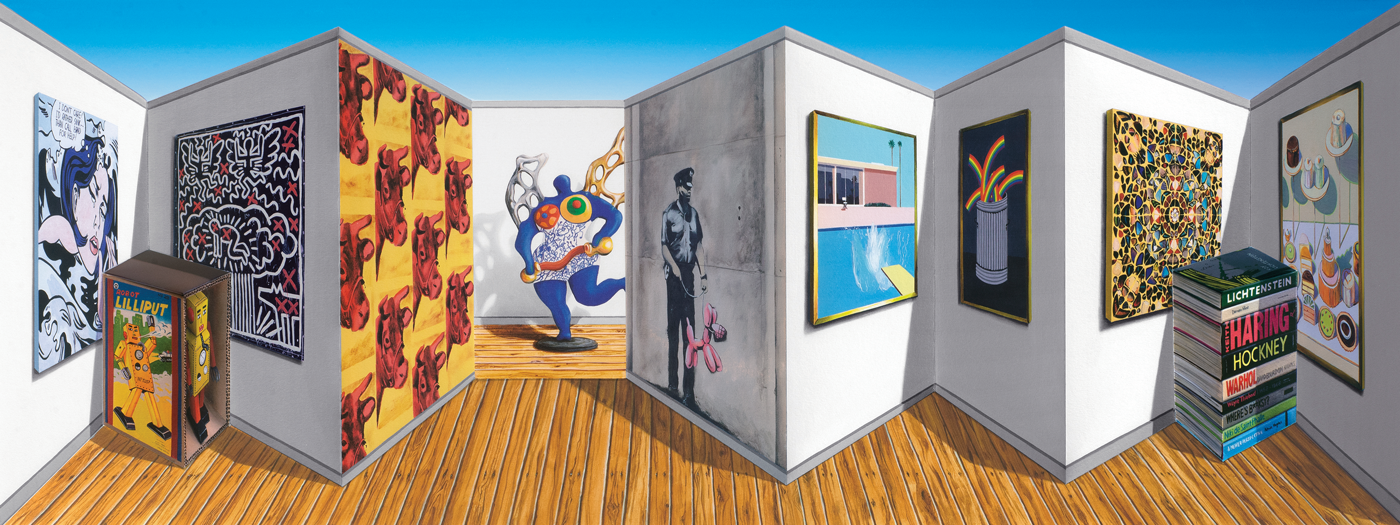
My week has taken me from Amberley at the foot of the Sussex Downs to the villages and hamlets above Lewes, to Ferring, Shoreham Beach, Horsham and even Kensington – invited to value and share extraordinary collections with families and collectors. Each reflected the stories of their custodians, layered across generations and speaking of their lives and passions in that beautiful, eclectic English Country and Town House way.
Last week, for the first time since the Covid-19 outbreak I donned my bowtie. I breezed into Toovey’s between appointments to find my friend and colleague William Rowsell valuing some beautiful Persian rugs. As he greeted me he remarked to our clients “Oh Rupert’s got his bow tie on it’ll all be alright now!” I have to own that I felt rather pleased. As you know I have a weakness for navy blue bowties with white spots – they’re joyful things. I have just managed to acquire three new ones – well Boris has asked us to shop for the nation – and I can now quarantine each of them for 72 hours as part of my health and safety policy for visiting people.
It’s funny how quickly we adapt to a new routine. As I arrive at people’s homes I ring the door bell and then, feeling rather like a naughty schoolboy, I run 2 metres back from the door turning to greet them. Well it’s important to see a smile and exchange a greeting safely before putting on a face mask and gloves.
Once inside we perform a Covid dance as we seek to honour one another with social distancing and old fashioned good manners. We move around enjoying each other’s company and the treasures, the windows flung open to the breeze in the stunning early summer weather we’ve been enjoying. The blue skies and scudding clouds send my heart racing every day. Is it my imagination or are our skies bluer and more beautiful without the air pollution?
Amberley with its abundant cottage gardens filled with Hollyhocks, English Hidcote lavender and scented rambling roses provides a hope filled view as we move gently out of lockdown.
Our towns, villages and countryside have never looked more beautiful and even the bustling, leafy grandeur of Kensington has been slowed by Covid.
I am delighted to report that we have successfully reopened Toovey’s auction rooms to the public. Providing valuations and viewing for sales by appointment has proven really popular whilst keeping people safe, as has our home visit valuation service.
By the time you read this our first post Covid-19 auction of Chinese and Asian Ceramics and Works of Art, with an online catalogue, will have taken place. It has attracted strong interest from around the UK and the world. I’ll let you know how we get on!


